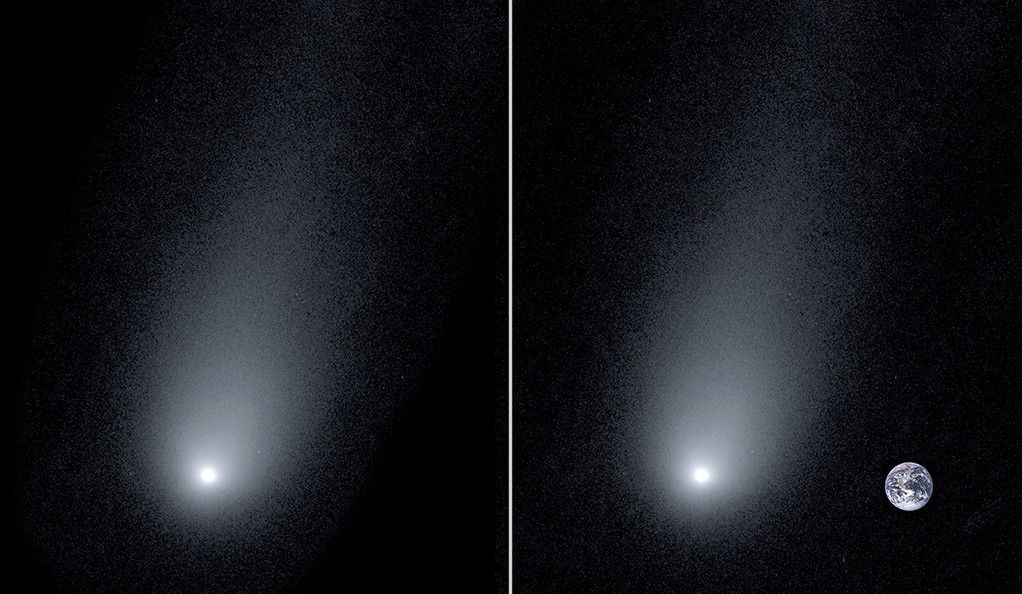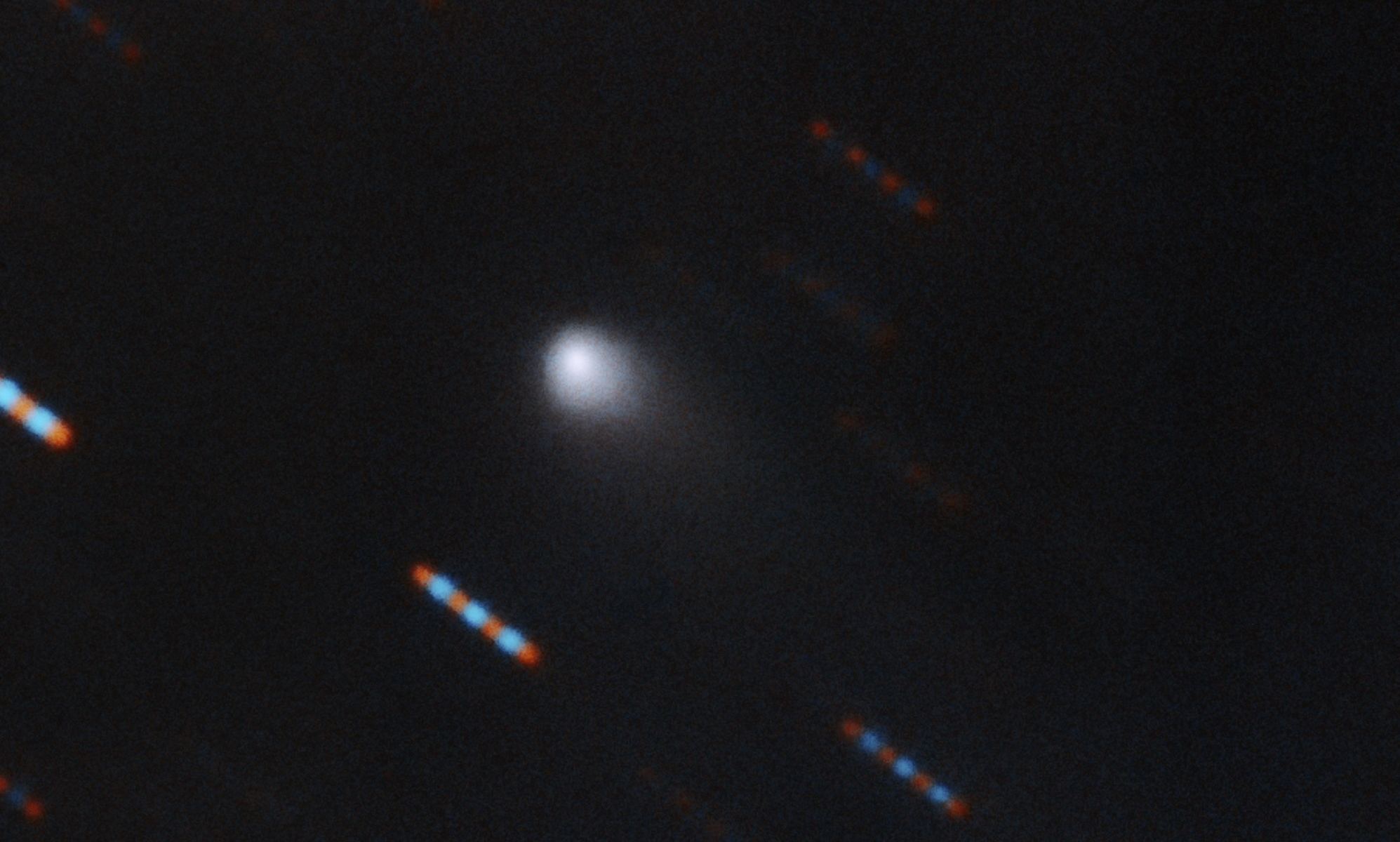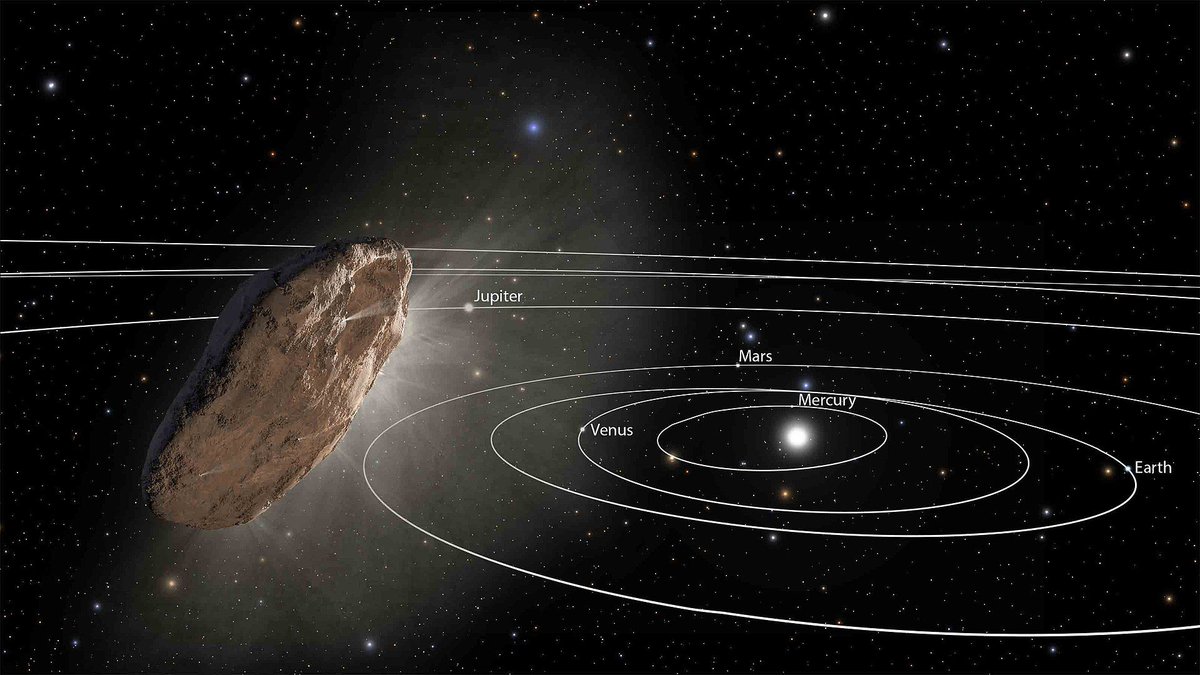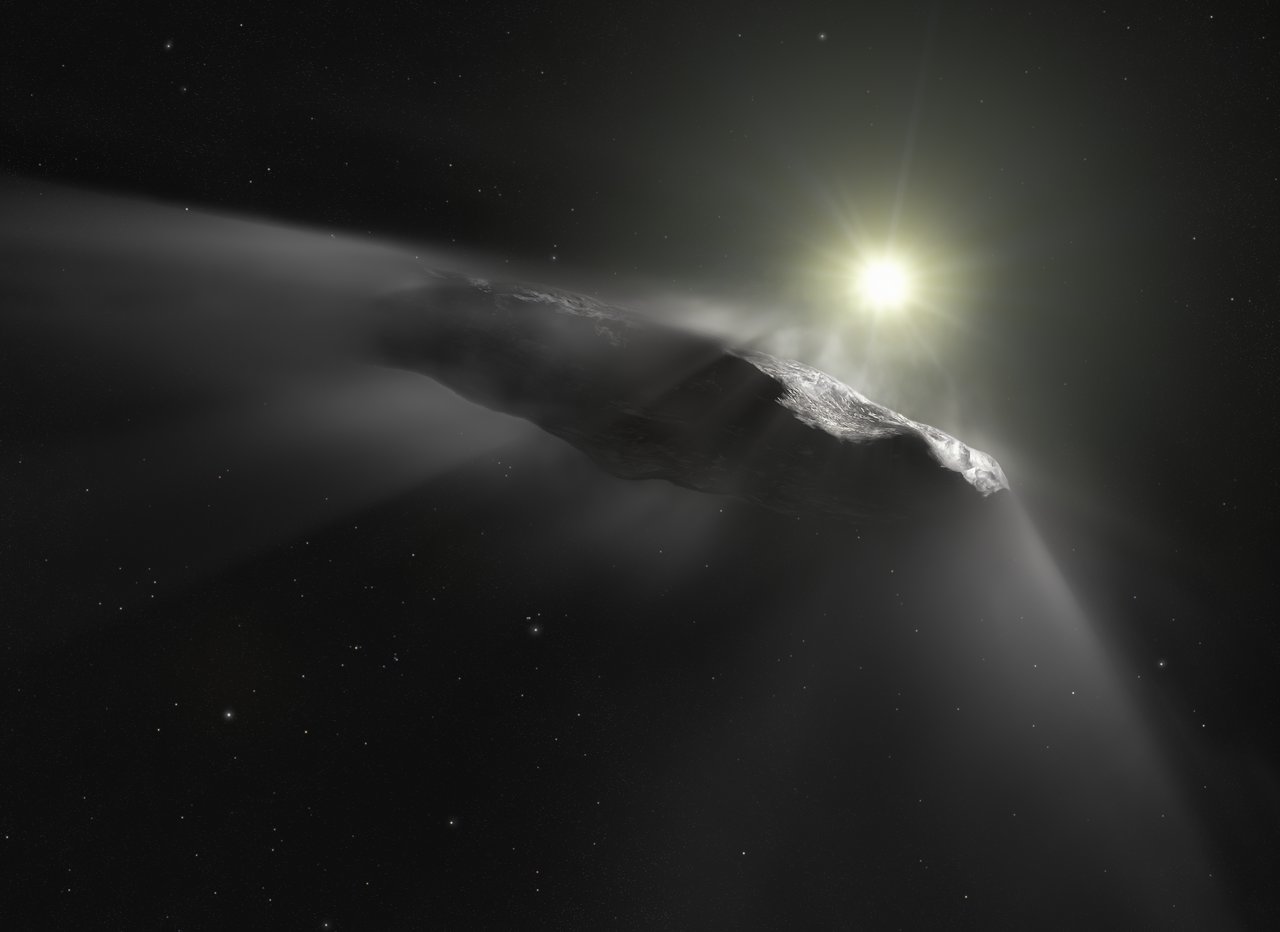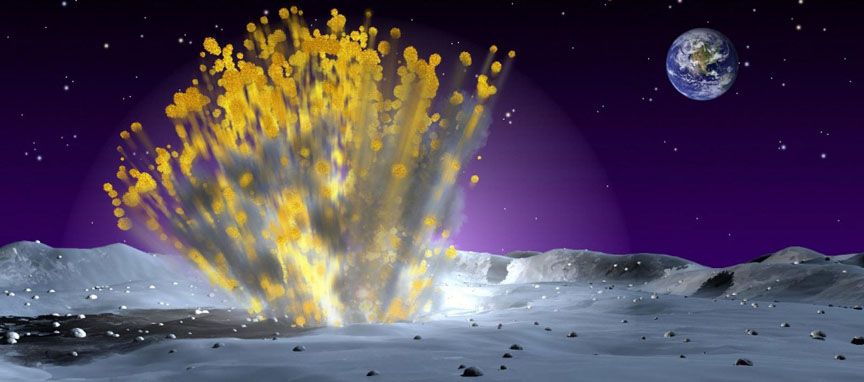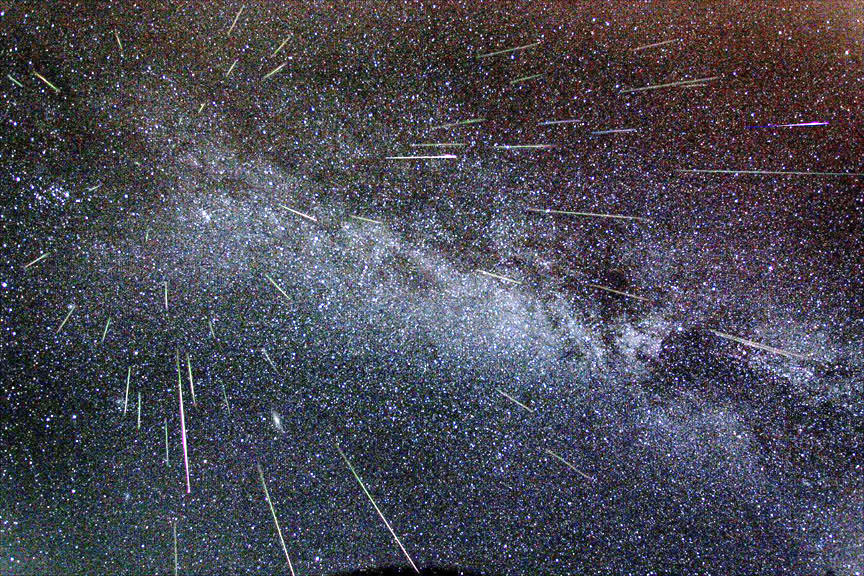On August 30th, 2019, astronomers with NASA, the ESA, and the International Scientific Optical Network (ISON) announced the detection of the interstellar comet C/2019 Q4 (2I/Borisov). News of the object was met with a great deal of excitement since it was only the second interstellar object to be detected by astronomers – the first being the mysterious object known as ‘Oumuamua (which astronomers are still unsure about)!
After a lot of waiting and several follow-up observations, 2I/Borisov is about to make its closest approach to Earth. To mark the occasion, a team of astronomers and physicists from Yale University captured a close-up image of the comet that is the clearest yet! This image shows the comet forming a tail as it gets closer to the Sun and even allowed astronomers to measure how long it has grown.
Continue reading “Interstellar Comet Borisov is About to Make its Closest Approach to Earth”
